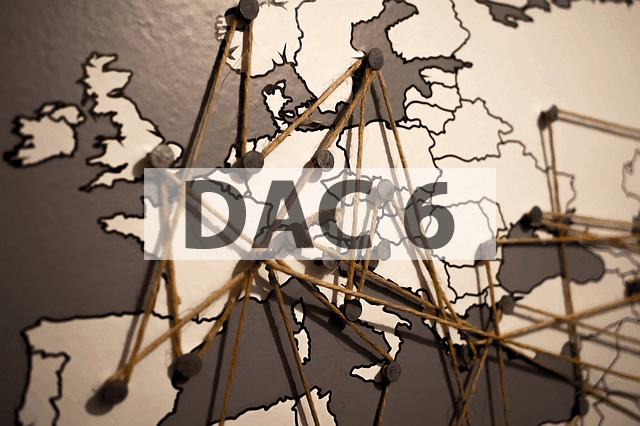It triggers the application of penalties on communications on cross-border mechanisms with notification requirements that run from 2018 to 2020, implementing Directive No. (EU) 2018/822 (Dac6). This is also an important measure for entrepreneurs who decide to operate in Malta from abroad, or in the opposite direction, in full compliance with national and EU rules, in order to ensure greater transparency of the transactions carried out.
The EU Mandatory Disclosure Regime has been put in place to receive appropriate reports on cross-border transactions from taxpayers through their intermediaries. The goal is to limit the actions of those who may seek to obtain tax advantages or evade paying taxes through a transparency process to be implemented uniformly across the European Union.
The first step in this process was taken with the CRS, known as the Common Reporting Standard, which led to the introduction of an automatic exchange of information between tax and financial authorities.
Today, however, comes DAC6, a new regime that imposes stricter disclosure of tax information across borders in the EU and involves all entities that provide tax or legal advice to EU citizens. All tax information that will be provided by the reports will converge in a central list accessible to all, and failure to comply with the reporting requirement will result in heavy penalties.
The mechanism was set to launch in the summer of 2020, but due to the Covid-19 emergency, the deadlines were pushed back by six months. With the exception of Germany, Austria and Finland, which did not agree to the postponement, all other EU member states, including Malta, have triggered the reporting requirement from February 2021.
A central role in reporting – as mentioned – is played by intermediaries, including accountants, financial advisors, lawyers, consultants, banks, trusts, insurance intermediaries, holding companies and other entities with treasury functions. Every cross-border transaction must involve an intermediary as the service provider and point of connection with the European Union: the activities of the latter must therefore be fully aligned with the new reporting requirements.
The object of the reporting must be all actions that take place across multiple national borders within the EU, and in particular when they involve states with different taxation. The information to be reported is grouped into the following categories:
Category A – Trade Features
Category B – Tax-structured agreements
Category C – Cross-border payments and transfers
Category D – Agreements that may affect tax returns and transparency
Category E – Transfer pricing
Disclosures must be made within 30 days of the date of these transactions, with heavy penalties for non-compliance.





